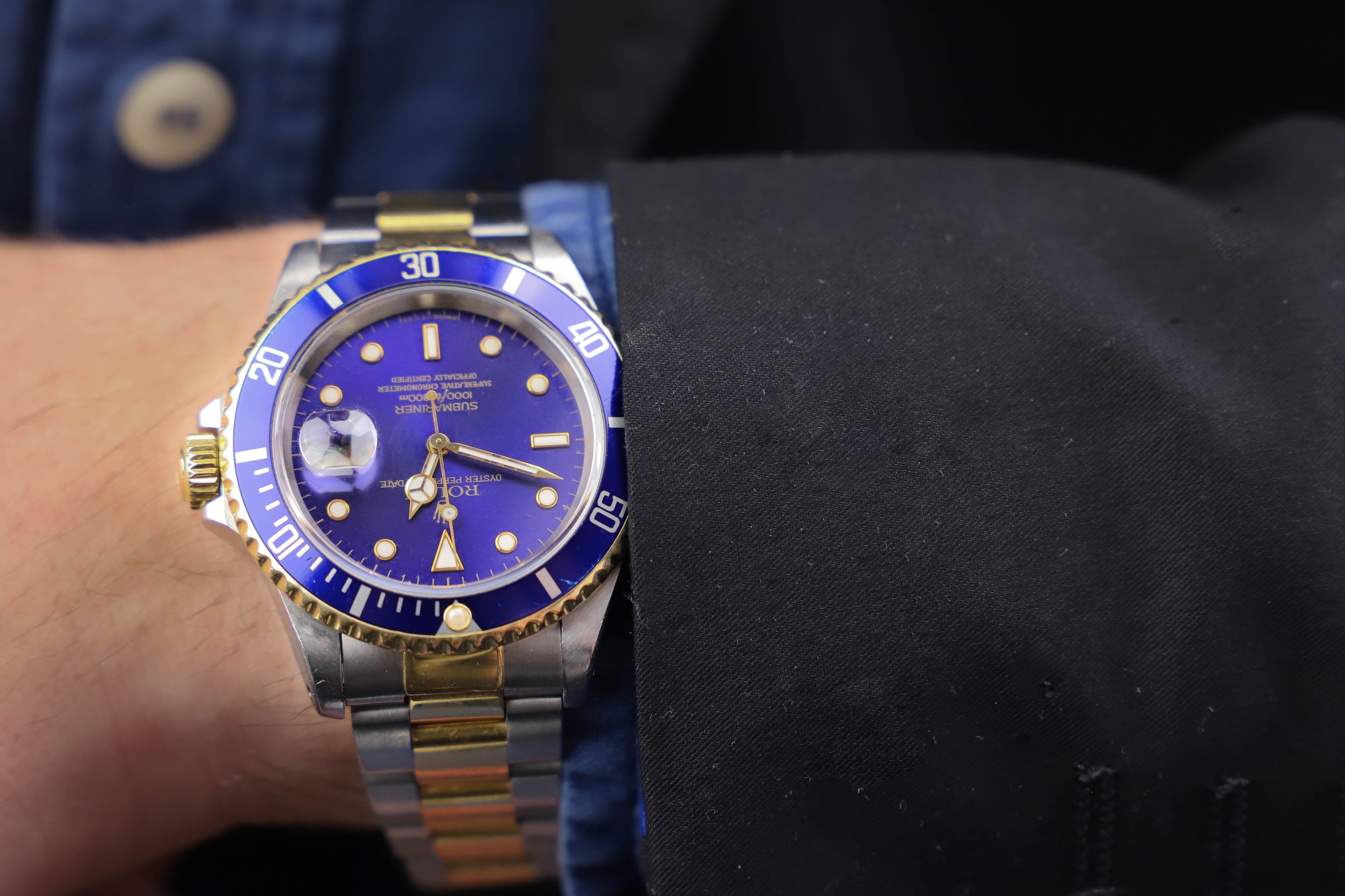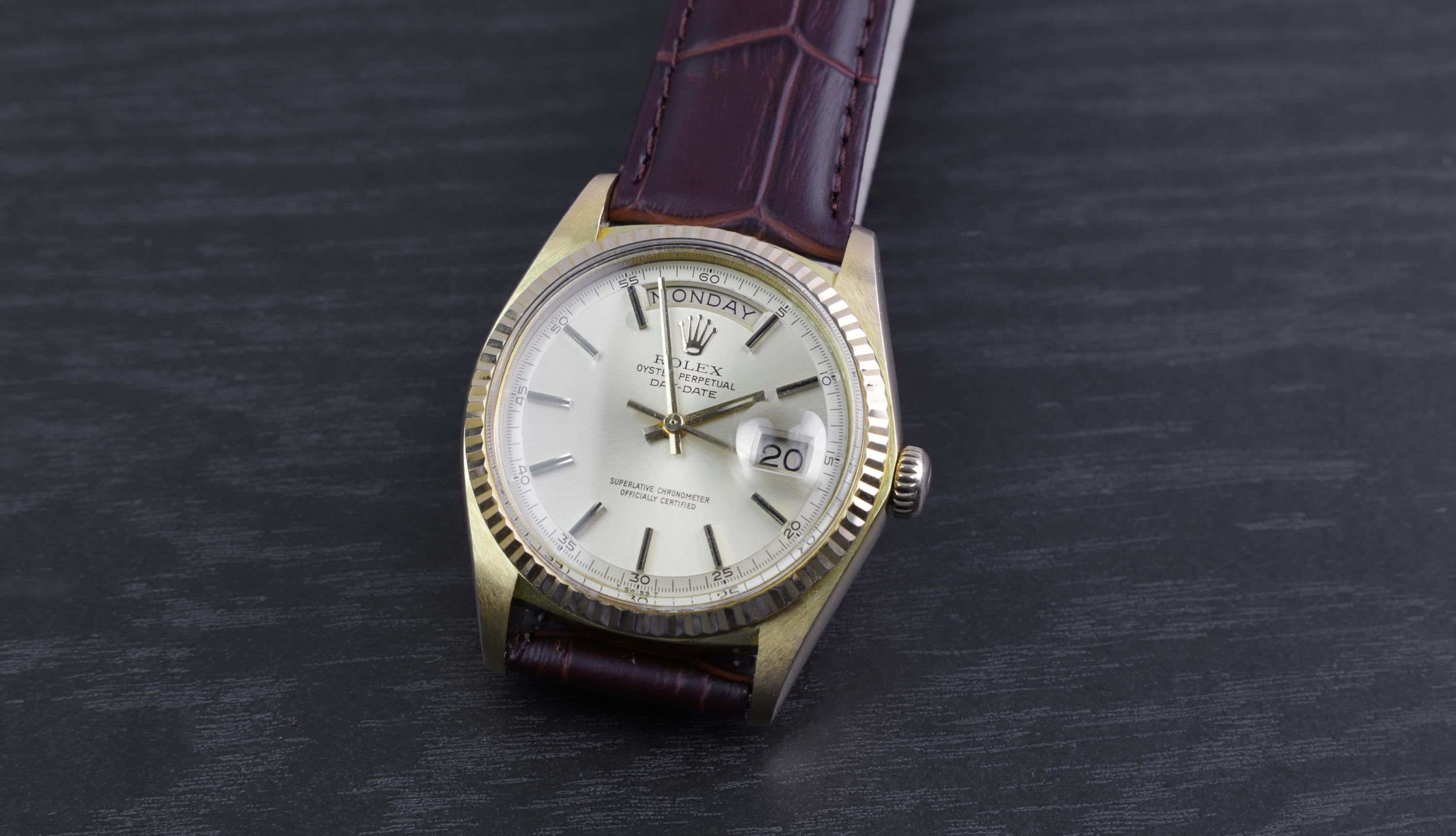
Why you should get a mechanical watch (and why we love them)
Watchmaking is an art that has existed for several centuries. In Wikipedia’s own words ”The history of watches began in 16th century Europe, where watches evolved from portable spring-driven clocks, which first appeared in the 15th century. ”
Wristwatches started coming about in the 19th century, primarily first used in the military for synchronizing maneuvers during war, and taking advantage of the practicality of strapping the watch on the wrist rather than having a pocket watch.
Today, the art of watchmaking has developed and improved significantly since wristwatches first came around. New technology that improves the accuracy, durability, and longevity of mechanical watches has been invented, in particular from some of the leading watch manufacturers today such as Rolex, Omega, Tag Heuer, Audemars Piguet, and many more.
It takes some understanding of what a mechanical movement really is in order to fully appreciate mechanical wristwatches. The movements of mechanical watches consist of hundreds of small and tiny parts that have been carefully assembled into what is a working engine. Assembling these hundreds of parts without any mistakes is, as you can imagine, not an easy task. It requires a skilled watchmaker who knows exactly what they are doing.
A quartz watch usually doesn’t lose more than a few seconds per year. A mechanical wristwatch, on the other hand, regardless if made by Seiko or Rolex, can lose several seconds per day and still be within specifications. So why does it make sense to pay tens, hundreds, or even thousands of times more for a mechanical wristwatch when it is seemingly inferior to a quartz watch?

The answer is that not everything is rational. And some things, we just do and decide purely based on emotion. For mechanical wristwatches, you may say, this is exactly the case. Looking at it from an accuracy point of view, getting a mechanical wristwatch makes absolutely no sense. But that’s not the point.
Mechanical wristwatches are powered by a mainspring, which also stores energy, either from a rotor that rotates from the movements of the wrist, or from being mechanical wound. The many gears in the movement are then responsible for transferring this energy to the hands so they can display the time. The energy is released via an escapement. This part controls the frequency at which it releases the energy.
But the question is, why should you get a mechanical watch when you can get a quartz (battery-driven) watch? On paper, a quartz watch has all the benefits of a mechanical watch. It’s more accurate, it’s (generally) cheaper to maintain and service, it’s more durable, it weighs less, and so on… But that is not the point. Let’s look at why.
1. Mechanical watches are pieces of art
Humans have always appreciated nice things. In particular, things that require many man-hours to make. A Rolls Royce, for example, takes about 6 months to make a Rolls Royce, and much of it is done entirely by hand. When you think about the time, the craftsmanship, and the attention to detail that goes into it, you can appreciate the finished product much more. And that is exactly the case with mechanical watches.

It’s not just about having a watch for telling the time, but it’s about knowing the complex engine that is keeping the watch running, and appreciating the time and craftsmanship that has gone into making it. To really appreciate a mechanical watch, it is worth looking at how a movement looks disassembled. To then know that all of those parts are going to be assembled and operate in harmony, is extremely impressive.
With that said, just like people can spend hundreds of thousands of dollars on paintings or sculptures, people spend hundreds of thousands on wristwatches. Furthermore, wristwatches can, just like other objects, have a historical connection and importance. Not to mention the Rolex Daytona that Paul Newman had owned, which became the world’s most expensive wristwatch ever sold, or the Rolex Day-Date of the golfer Jack Nicklaus, whose watch was auctioned and sold for $1.2 million.

2. A new way of thinking
The way most people think about wristwatches is to buy a cheap watch and then when it breaks, you throw the old one away and simply buy a new one. But the art of mechanical wristwatches approach this a bit differently. Mechanical wristwatches can last for generations with the proper care, and this means they can be passed on from generation to generation, and become important heirlooms and symbols of history.
Our new society of buy and throw mentality is something that has embraced our society in recent decades, but mechanical wristwatches can work as a counteraction to this. In our society where most objects don’t have much personal value and are simply replaced when broken, it can be nice to have something like a mechanical watch that follows you through all of life’s stages.
In terms of objects, wrist watches are a popular heirloom to give. It’s also especially nice seeing that you can wear it, and look at it, rather than other heirlooms which just tend to lie somewhere and collect dust.
3. History and heritage
Another reason why people love mechanical wristwatches and why you may want to consider getting one is because of their history and heritage. First and foremost, the heritage and history of watchmaking are many centuries old, and whilst the technique and the art of watchmaking have been improved and refined, it’s still the traditional principles that apply today.
In this digital age, having something that is truly done by hand can be really refreshing. And in many ways, it’s just something special to wear a mechanical wristwatch when you understand just the long and rich history and heritage that mechanical wristwatches have. There are not many substitutes in this day and age for what a mechanical wristwatch and the craftsmanship it has been made with, can offer.
It’s also not only about the history of watchmaking itself, but the history of the timepiece you are wearing. The Omega Speedmaster, for example, was the first watch to be worn on the moon in 1969, and the only approved watch by NASA. Today, the Speedmaster ”Moonwatch” is still in production today, and both the movement and the design of the watch are very similar to what it was back then. Understanding the story behind a mechanical wristwatch, and the importance it has had is something that contributes to making it so much more special.

Whilst we are talking about history, we cannot forget another great point of why you should get a mechanical wristwatch, and that is vintage.
4. Vintage timepieces
Having said that, mechanical wristwatches can last for generations, which means that you can also buy vintage mechanical wristwatches. Vintage wristwatches are extremely popular. And what people tend to appreciate about them, apart from the craftsmanship and attention to detail, is their signs of aging and patina. Vintage watches tell a story much better than any new watch can. They carry a story that is either told or untold, but it’s one that you can appreciate. Who knows what a vintage watch has experienced throughout the years? The model and the battle scars can in some cases give an idea or some kind of indication, but that’s a topic for a different time.

Just the fact that mechanical wristwatches can last for so long means that we can wear a piece of history on the wrist. And the best part is that mechanical vintage wristwatches can be acquired at affordable prices of just a few hundred.
5. Price
Most watches under 100 USD are quartz watches. But whilst you may think of the likes of Rolex or Patek Philippe when thinking about mechanical watches, you can actually find one quite affordably from brands such as Seiko or Casio.
You can easily find a mechanical wristwatch for a few hundred dollars. Whilst these watches have far from the same attention to detail and craftsmanship as the more expensive counterparts, the technology of the mechanical movement is, at its core very similar. So the question is, would you prefer to buy a quartz watch for 50 USD and then throw it away when it breaks, or would you prefer to invest in a mechanical wristwatch for a few hundred dollars that can last for many years, and acquire stories and memories?




